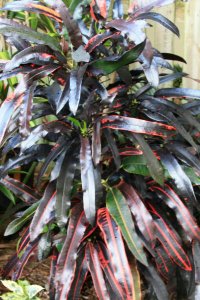Moose
Esteemed Member
- 7,058
- 10/09/09
- 442
- 223
Thanks Randy - coming from such a good grower like yourself is very encouraging.
Post #8 Photos #5 & 6 was an Unknown from Frank Brown's Garden. It was later determined to be a Charles Rutherford. Here is an updated photo of the same Charles Rutherford from 12/07/2013.
Post #8 Photos #5 & 6 was an Unknown from Frank Brown's Garden. It was later determined to be a Charles Rutherford. Here is an updated photo of the same Charles Rutherford from 12/07/2013.














 en's Beauty. It was donated to the South Florida Palm Society and auctioned off at their holiday party Dec. 2nd. Here is my "back-up" Blotched
en's Beauty. It was donated to the South Florida Palm Society and auctioned off at their holiday party Dec. 2nd. Here is my "back-up" Blotched 




























 oriensis. Here is the same plant on 12/14/2013.
oriensis. Here is the same plant on 12/14/2013.


